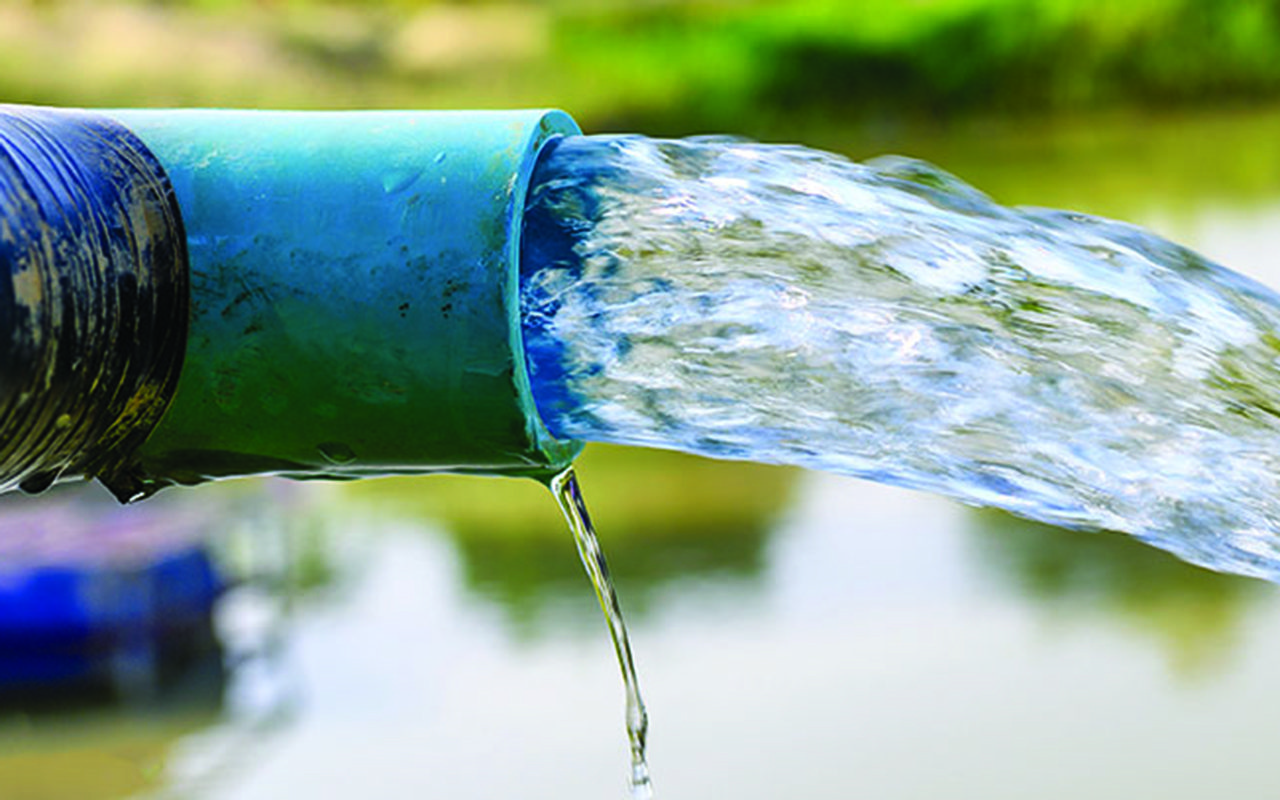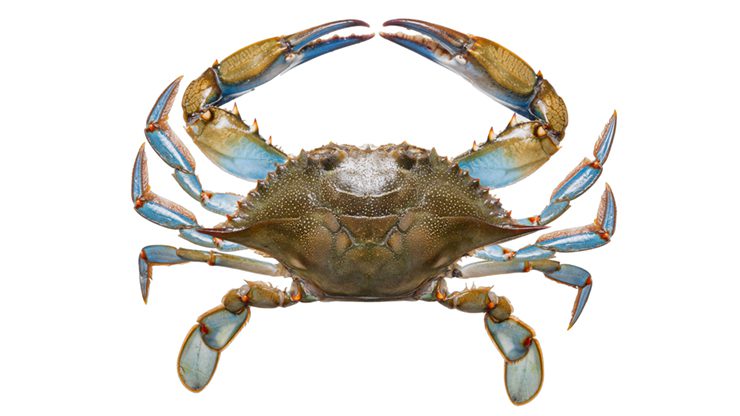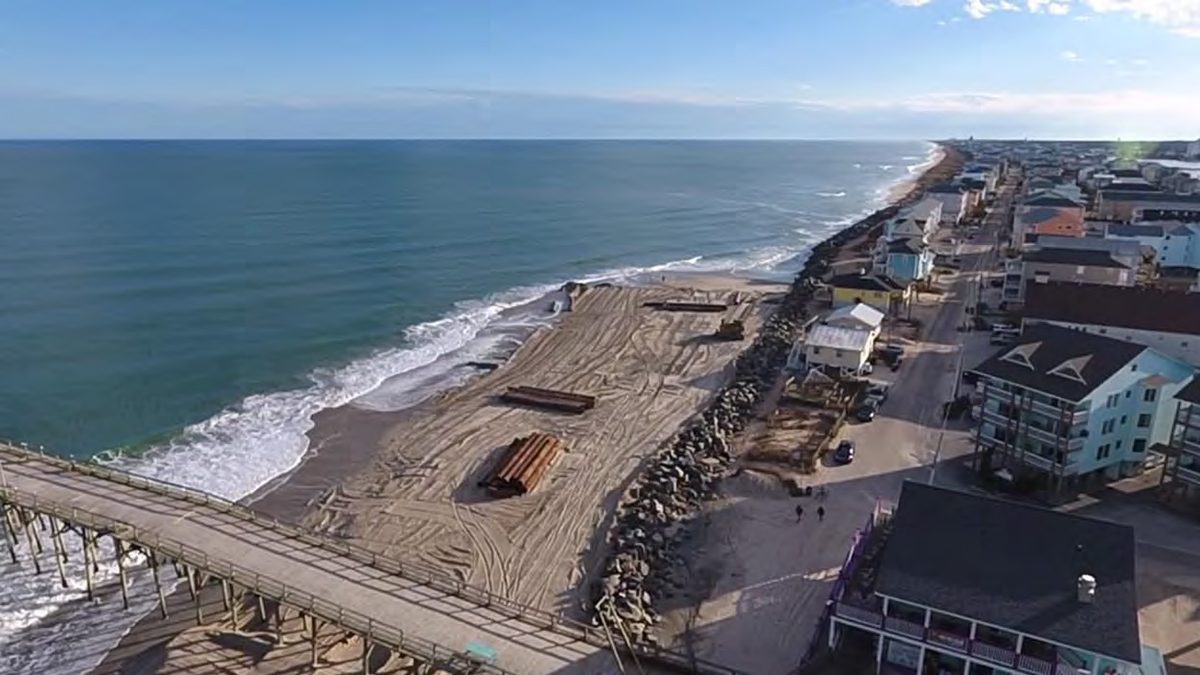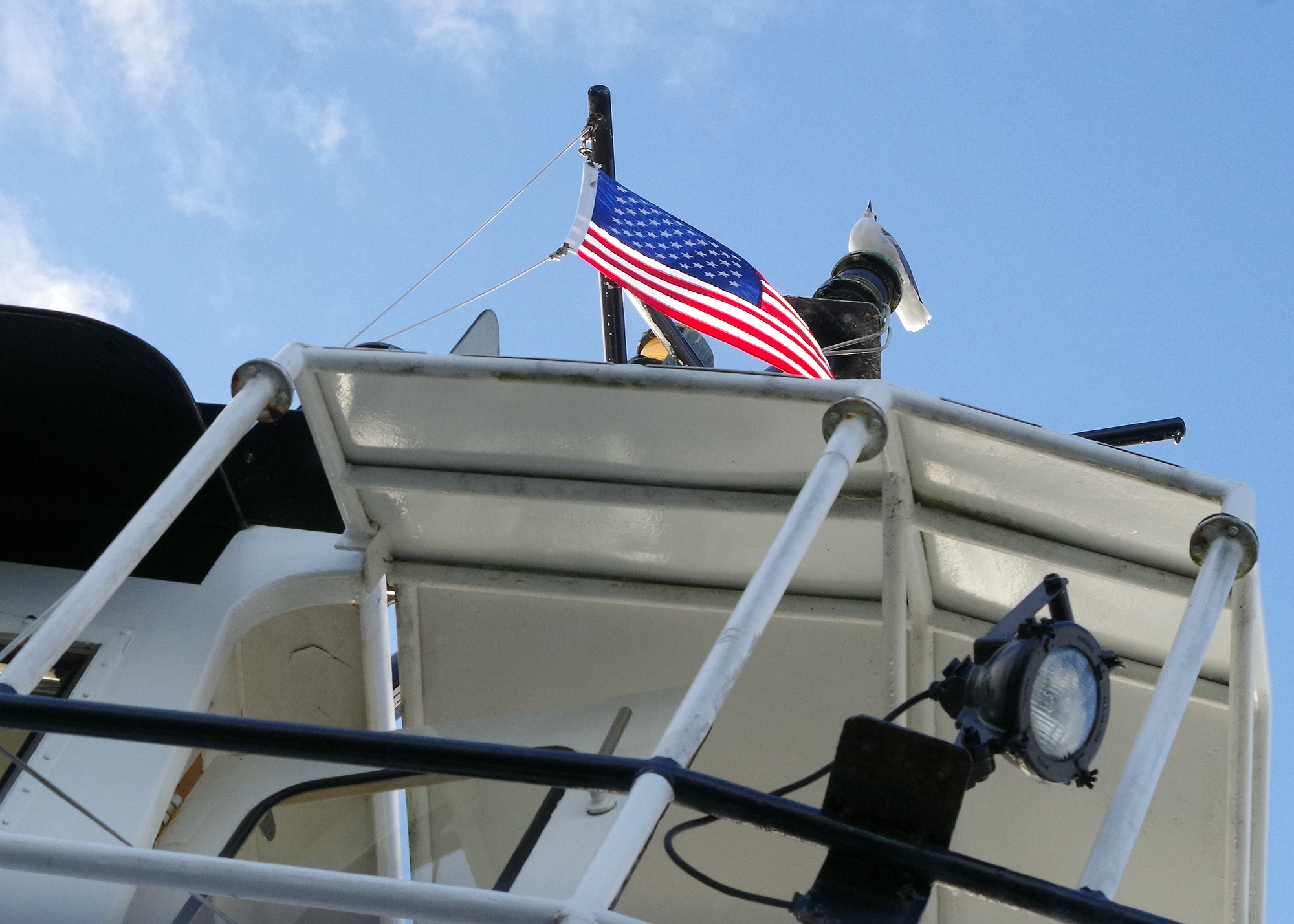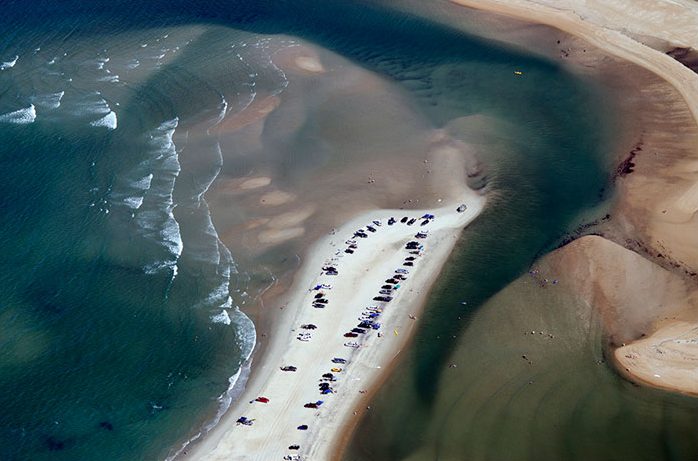
Reprinted from Island Free Press
CAPE HATTERAS NATIONAL SEASHORE — Both man-made and natural factors contributed to Cape Point staying open all summer long to off-road vehicles for the first time in roughly a decade.
Supporter Spotlight
Though Cape Point was technically closed for almost two hours in July when an unexploded ordnance washed ashore on the Shelly Island sandbar, the beach otherwise remained open for off-road vehicles, or ORVs, thanks to nesting factors and established ORV corridors.
“It was because of a combination of things,” said David Hallac, Cape Hatteras National Seashore superintendent. “The first thing is that we have more flexible wildlife protection buffers. There’s no question that flexible buffers contributed to it being open.”
The changes to the ORV management plan, which stemmed from the implementation of the Defense Authorization Act for Fiscal Year 2015, which were propelled by years of efforts by the OBPA, NCBBA and the Cape Hatteras Anglers Club, certainly played a role in continual access for beach-goers.
In 2015, before the changes were implemented, Cape Point closed to ORV access on April 6 and reopened on Aug. 30, for a total of 147 days.
That number was almost cut in half last year, when Cape Point was closed to ORV access from May 11 until July 27, for a total of 77 days.
Supporter Spotlight
Not counting the brief closure due to the unexpected Shelly Island ordnance, the total number of closed days in 2017 was zero.
“If we hadn’t had the driving corridor this summer, Cape Point would have been closed,” said Hallac. “In fact, there would have been roughly a two month period where you wouldn’t have been able to access Cape Point.”
Though pedestrians were unable to walk to the Point via the ORV corridor, most folks easily caught a brief ride. “We’re confident that everyone who wanted to get down there found a way,” said Hallac.
The second reason Cape Point was open was due to the season’s nesting patterns. “Really, it’s because of bad luck for some of the wildlife that was out there,” said Hallac. “In some cases, there were nests that got washed away early in the summer. Predators like foxes and coyotes also ate bird eggs that were out there.”
The nests that were successful were either far enough away to not affect the Point, or the flexibility of the National Park Service to establish buffers ensured that access remained open.
“When you combine flexible buffers with the nesting [issues], it led to the Point being open all year,” said Hallac. “Congress asked us to make the buffers the smallest size possible that would still allow us to protect the species. And we really tried to go down to the minimum size.”
2017 may be a bit of anomaly, but it follows a two-year trend that indicates a more accessible Cape Point in the years to come.
“What we are seeing is a likelihood that there will generally be more access to Cape Point in the future,” said Hallac. “It definitely was unusual in terms of all of the right factors coming together when it came to access, but what we try to look at is (access) across longer terms – not just a year’s time.”
“If you look at last year, it was closed for half the amount of time that it was closed the year before… It is likely that Cape Point will continue to be open in the summertime for longer than it was before we changed the wildlife protection buffers (in 2015.)”
Closing and reopening dates for Cape Point for the last five years were the following:
- 2017 – Cape Point closed to ORV access on July 14 due to Unidentified Military Device (2 hours).
- 2016 – Cape Point closed to ORV access on May 11 and reopened on July 27 (77 days).
- 2015 – Cape Point closed to ORV access on April 6 and reopened on Aug. 30 (147 days).
- 2014 – Cape Point closed to ORV access on April 2 and reopened on Aug. 26 (147 days).
- 2013 – Cape Point closed to ORV access on April 9 and reopened on Aug. 23 (136 days).
This story is provided courtesy of the Island Free Press, a digital newspaper covering Hatteras and Ocracoke islands. Coastal Review Online is partnering with the Free Press to provide readers with more environmental and lifestyle stories of interest along our coast. You can read other stories about Hatteras and Ocracoke here.



